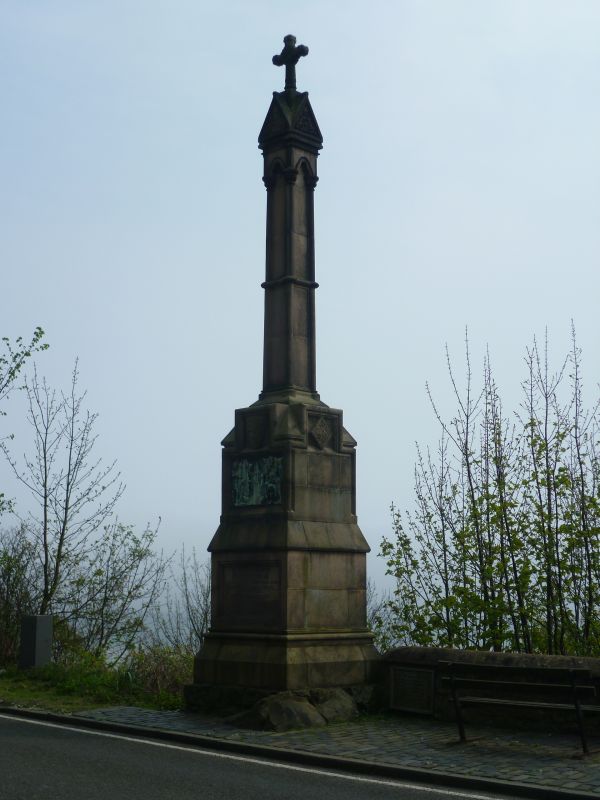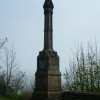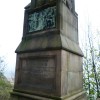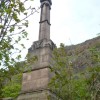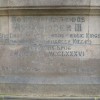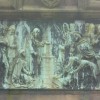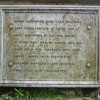Alexander III Monument, Kinghorn
Uploader's Comments
This Victorian monument marks a site of great historical significance in the history of Scotland, but only by pure chance. It stands on the Black Stone, traditionally believed to be the spot where King Alexander III fell accidentally to his death while riding along the coast to his hunting lodge at Kinghorn on a stormy night in 1286. The kingdom was placed under the rule of six Guardians, comprising bishops and nobles, while the Scots sent for Alexander's infant grand-daughter, Margaret 'the Maid of Norway', to assume the crown. After her unexpected death in Orkney left the throne vacant, Alexander's brother-in-law, Edward Plantagenet, seized the opportunity to meddle in Scottish affairs and proclaimed himself overlord of the Scots with the right to nominate Alexander's successor. His choice from among the Scottish candidates fell upon John Balliol, whom he installed as a puppet-king; but when the Scottish nobles refused to fight in Edward's wars in France, he marched north to depose Balliol, influenced by Geoffrey of Monmouth's prophecy that the whole island of Britain would one day be ruled by one king (bretwalda). What ensued was the long struggle of the Scottish Wars of Independence, lasting almost sixty years, followed by intermittent warfare over the next four centuries as generations of Scots fiercely resisted all attempts to dominate Scotland until Cromwell's conquest in 1650.
Uploaded by kim.traynor
on 24 April 2011
